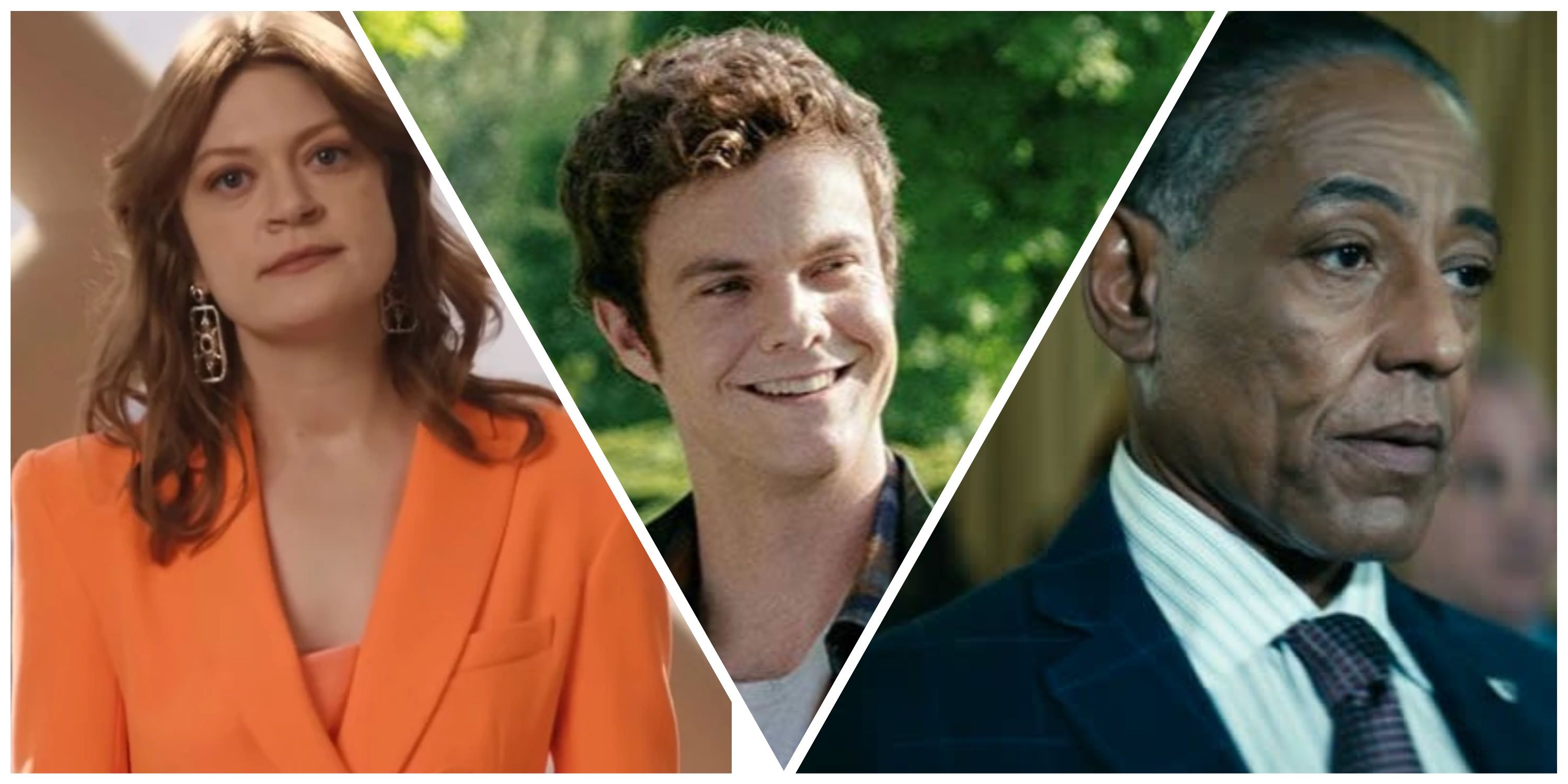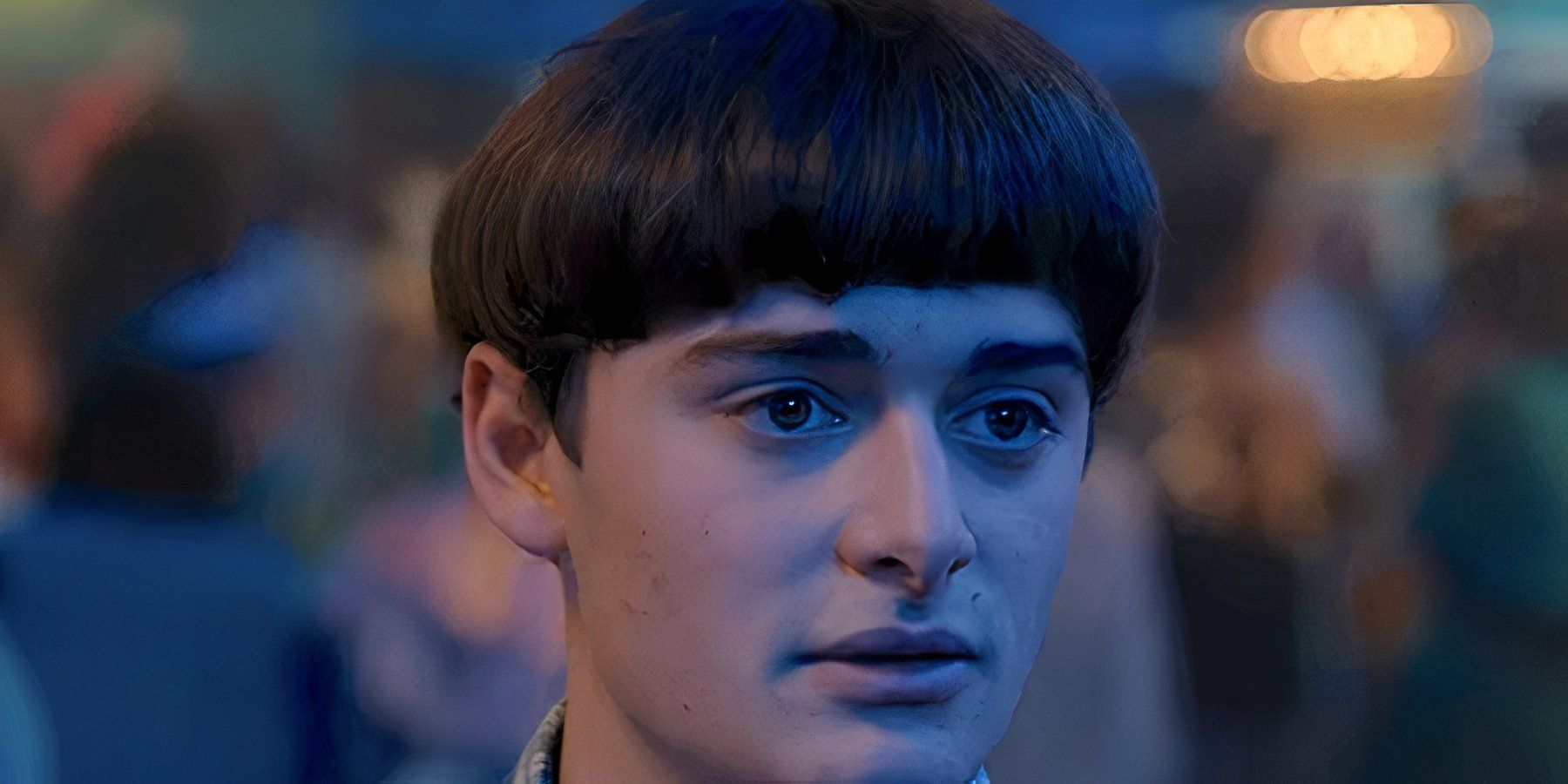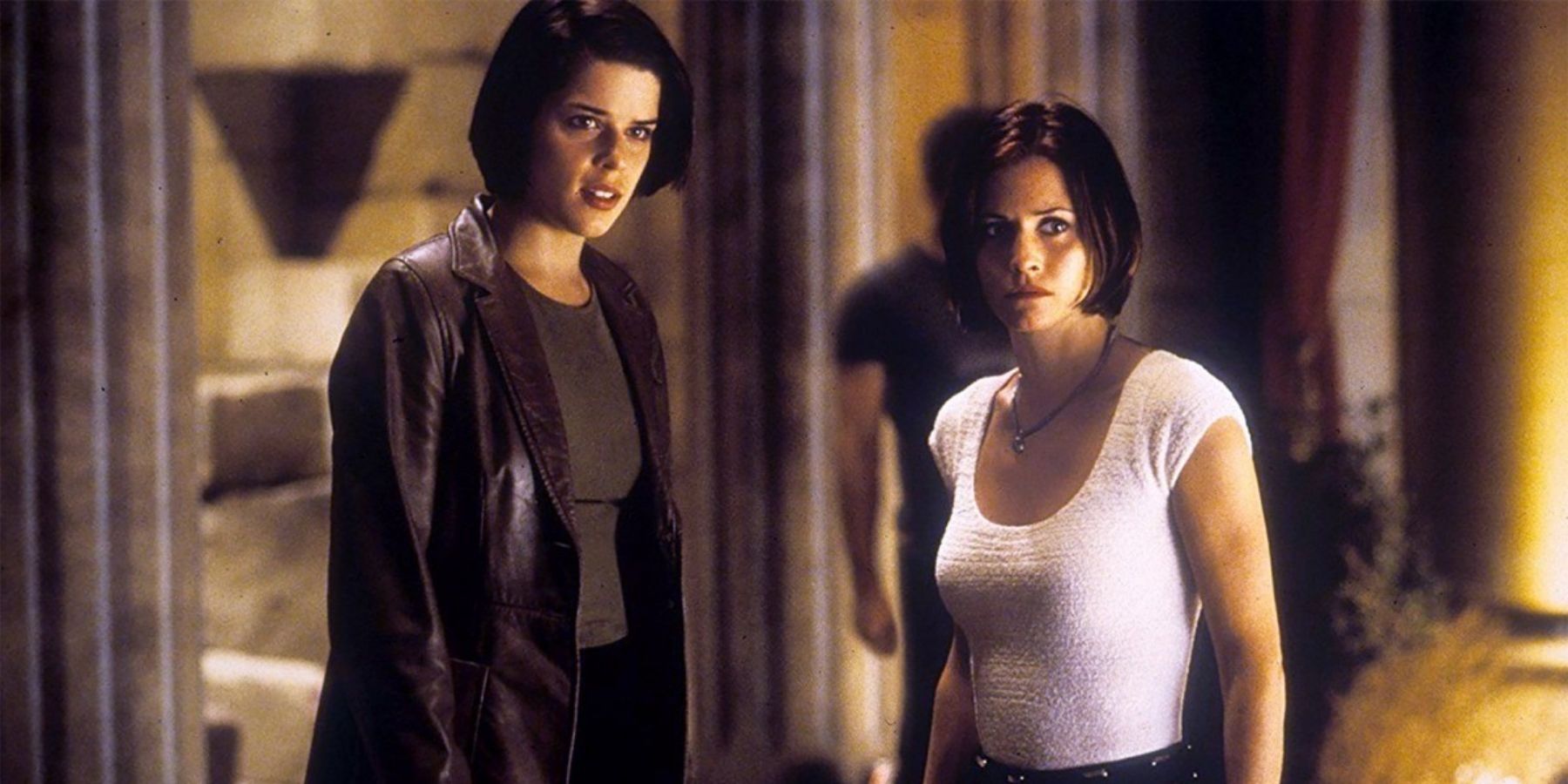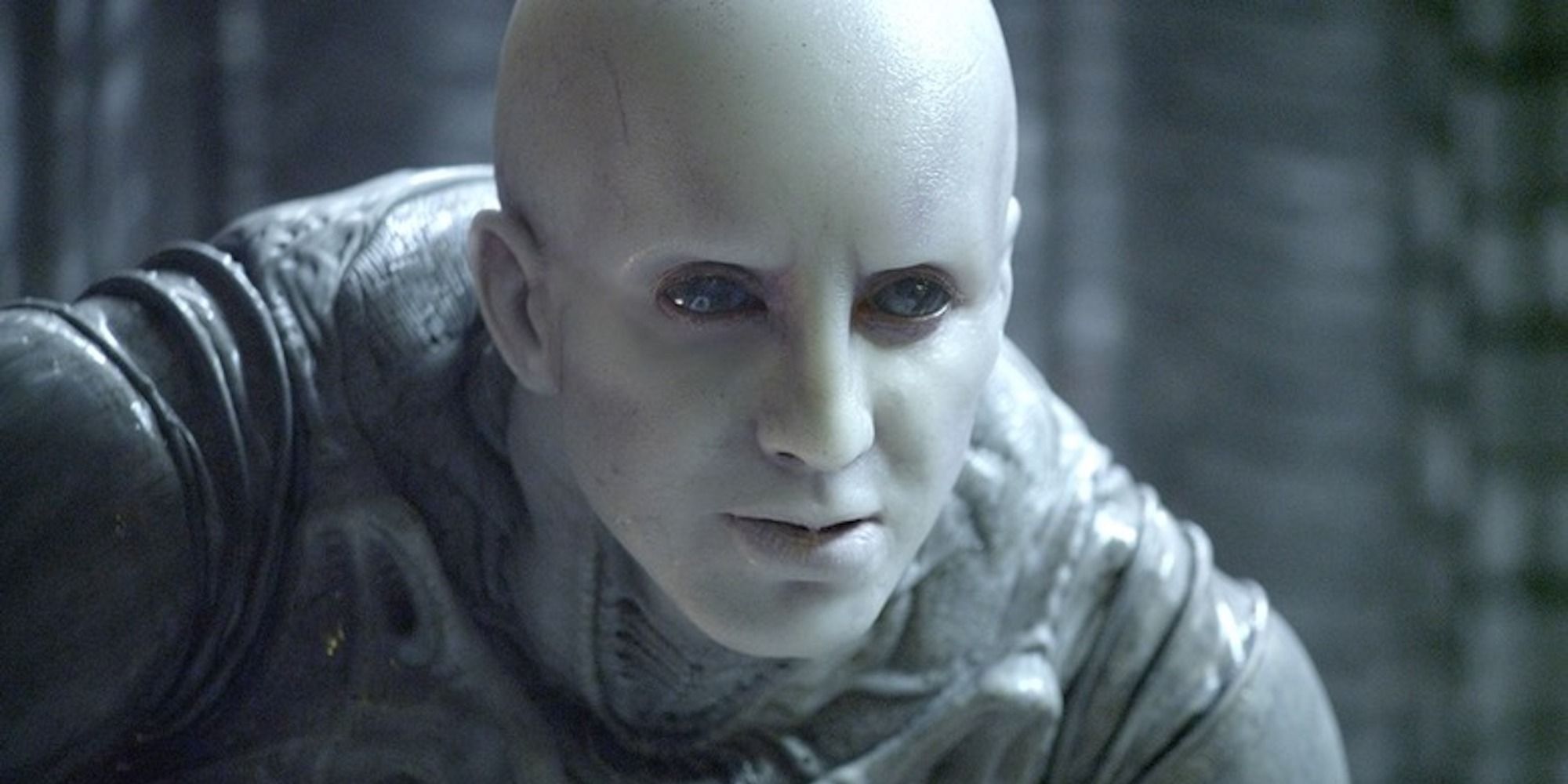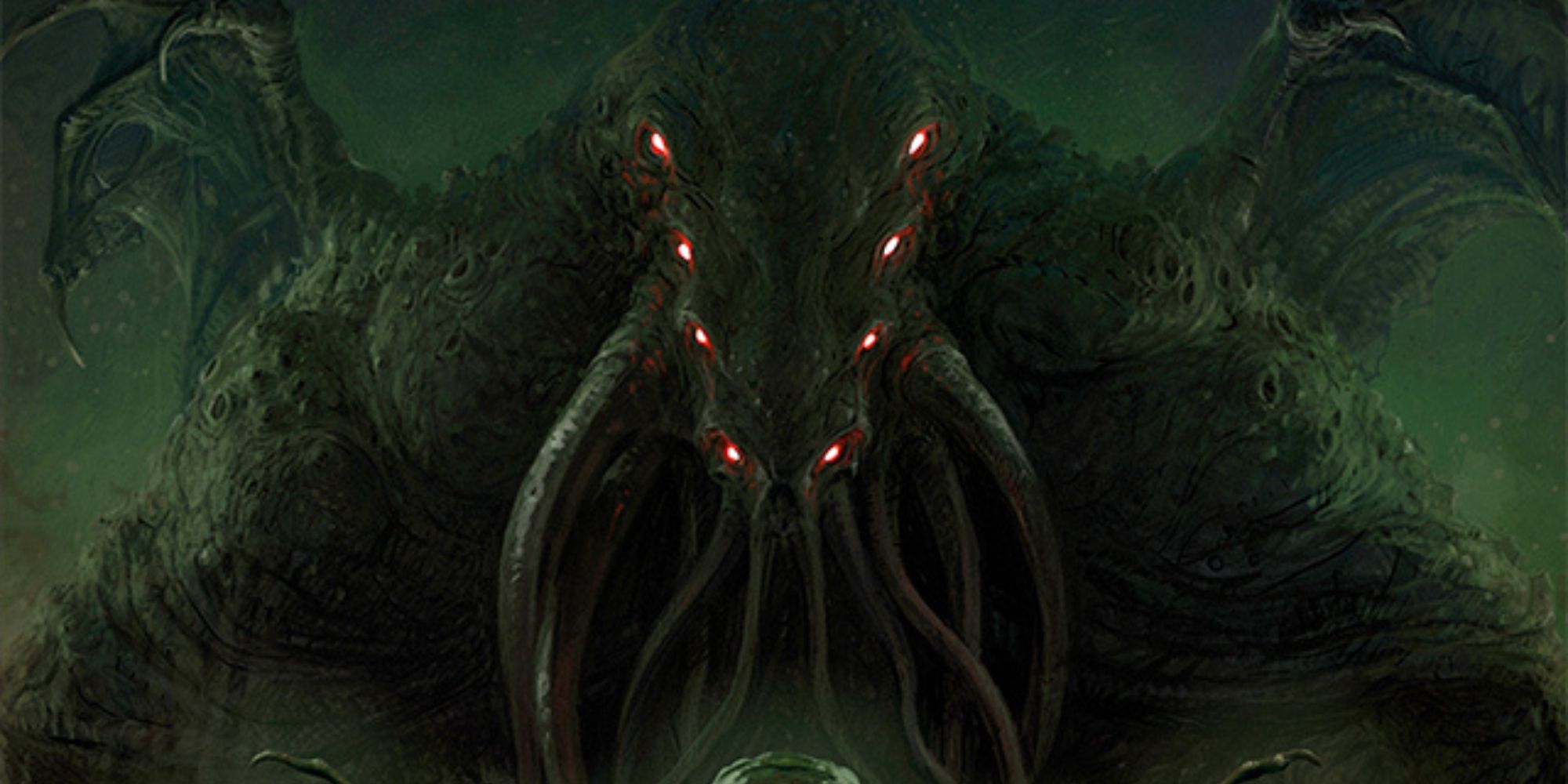Morality can be extremely straightforward in some stories, but science fiction is free to play in the weird middle ground and difficult open questions. The inherent big questions of war and sacrifice tie characters to roles that feel a bit like heroes and villains, but constantly force them to break their own rules. However, some escape even the most open gray area. For those who simply don't see the same options, there's Blue and Orange Morality.
When aliens enter a story, the entire narrative can be built around the traits that are completely unconnected to the human experience. Writers can have fun with the weird ways they eat or sleep, but digging into the moral differences reveals some unpleasant implications.
When discussing matters of morality, mankind has inexplicably determined a color scale. Black and white represent the extremes of good and evil, while gray represents everything in between. Fans of D&D might add a second vector to the scale, measuring one's allegiance to a code. Aliens, or any other form of non-human sentient species, don't necessarily experience the same innate understanding of these factors. As a result, they tend to make decisions that might not be logically consistent to human eyes. This concept is frequently interpreted as "aliens believe wrong is right and right is wrong," but that's a limited view. It's far more interesting in cases that demonstrate and justify a fully Blue and Orange moral code.
Perhaps unshockingly, the deities of polytheistic religions are the earliest examples of this trope. Tons of stories from Ancient Greece, India, Rome, or elsewhere carry a moral that boils down to "the will of the gods is ineffable." This has been distilled down into the classic "mysterious ways" platitudes favored by modern believers. This was definitely more applicable in earlier cases when the gods had no code or expectations. They frequently did whatever they wanted, which could be interpreted as having no code of honor, but they did frequently have rules. Unfortunately, those rules tended to seem random to everyone who wasn't at their level. This concept was astutely enhanced in the realm of cosmic horror.
H. P. Lovecraft imagined some of the world's favorite gigantic nightmarish monsters, but he rarely gave them anything approaching an identifiable motivation. Cthulhu and his ilk tend to be beyond the concepts of good or evil. Though later adaptations of the works imagined them as sadistic monsters, Lovecraft almost always depicted his creations as disinterested in human affairs. One look at Shub-Niggurath or whoever would drive a mortal to madness, but that isn't the result of some strange magic or psychic powers. They're just so massive, old, and powerful that merely perceiving their physical form would instantly ruin the human mind. There are exceptions, like the cruel Nyarlathotep and the somewhat relatable Elder Things, but most Lovecraftian creatures exhibit Blue and Orange moral codes. They're just too different from us to be readable as anything other than threats.
Some decades after Lovecraft's passing, Robert A. Heinlein would reinvent this trope. Many of Heinlein's works follow the classic structure of Cold War-era science fiction. That is, writing a book of political theory barely disguised as a story about space travel. Since many of Heinlein's stories were also explorations of his beliefs, he frequently wrote about aliens who came equipped with wildly different perspectives. His opus, Stranger in a Strange Land focuses on a man named Valentine Michael Smith, who grew up on Mars. His beliefs are frequently taken as law and his story frames him as Jesus Christ. Smith's philosophy isn't completely inscrutable, but he does step into shades of Blue and Orange. His philosophy imagines all sentient beings as gods in their own right, but he also sees death as a preferable outcome to prison. The end of the book suggests playfully that Smith might have actually been the Archangel Michael. Heinlein is arguably the one operating in Blue and Orange Morality.
Blue and Orange Morality can be a frequent feature of Xenofiction, but it's just as useful in the context of humans dealing with new species. The Cenobites from the Hellraiser franchise may seem evil, but their motivation is entirely based on new experiences. The Engineers from the Alien franchise operate on a deliberately obscured form of logic. Cryptids like the Mothman seem to want things, but who's to say why they do what they do? When no one reacts to an alien villain doing something that should feel like the end of days, is that lazy writing, or is everyone operating in Blue Morality? It's impossible to say. There are no limits to a concept like Blue and Orange Morality. It's defined only by its distance from the norm. By introducing alternative standards and practices to a neighboring species, any action can be justified, and any story can feel logical. It can be an excuse, but it can just as often be an interesting new lens through which to view society.

